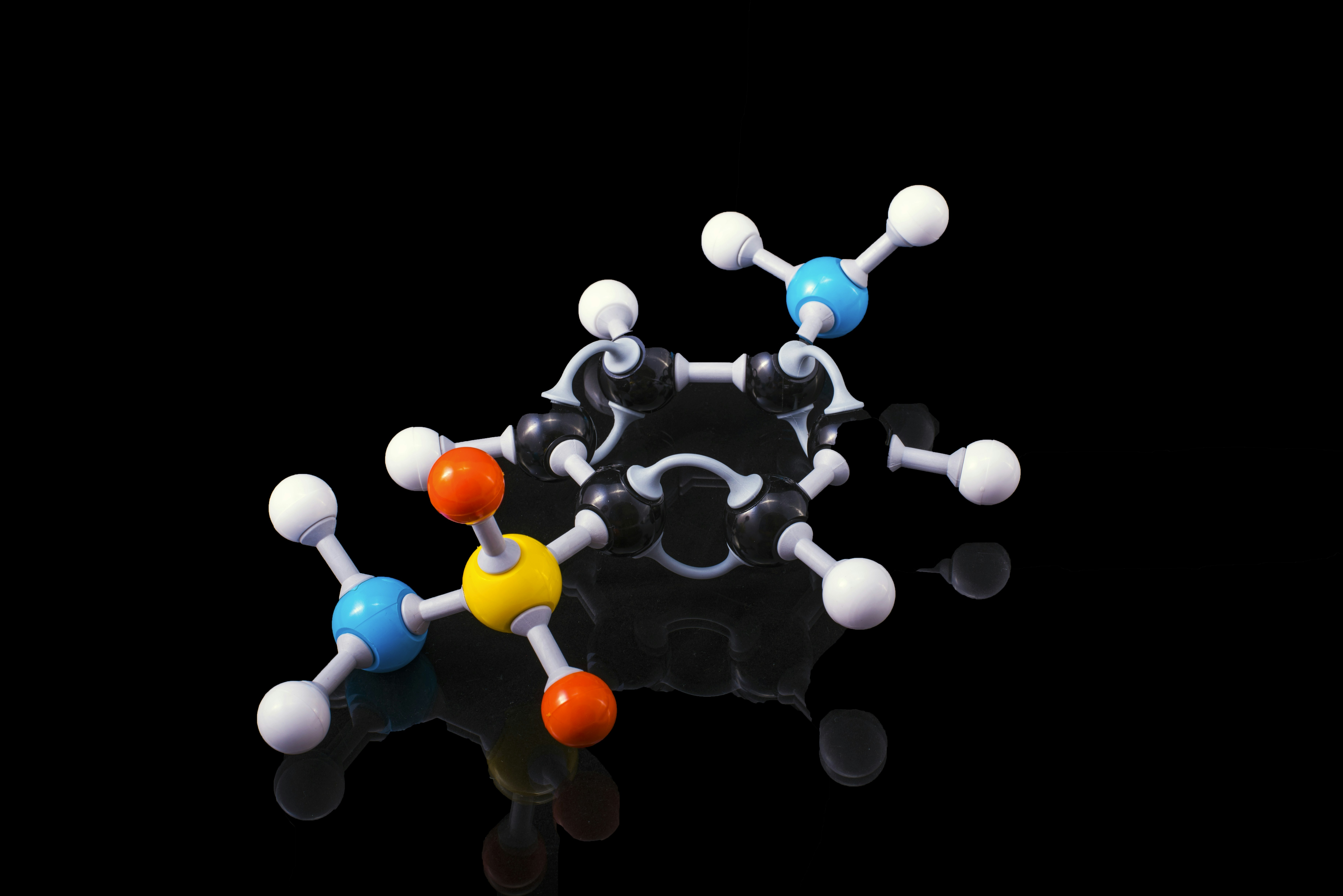Sweetening the Mix
Enzymes Craft Valuable Lactose Molecules Where Water Can't
Article Navigation
Introduction
Imagine trying to mix oil and water. Now, imagine trying to perform delicate molecular surgery on an oily substance using water-based tools. That's essentially the challenge scientists face when trying to modify hydrophobic (water-fearing) alcohols with valuable sugars like lactose. But a groundbreaking approach, nonaqueous biocatalysis, is turning this challenge into an opportunity, enabling a powerful one-step lactosylation reaction.
The Challenge
Hydrophobic alcohols don't mix with water, making traditional enzymatic reactions difficult or impossible.
The Solution
Nonaqueous biocatalysis allows enzymes to work in organic solvents, enabling direct modification of hydrophobic molecules.
The Powerhouse Experiment: Lactose Meets Octanol in a Dry Dance
A pivotal 2024 study from the University of Milan vividly demonstrated the potential of this one-step nonaqueous lactosylation.
Experimental Method
- Setting the Stage: Prepared a reaction mixture entirely free of water.
- The Actors:
- 1-Octanol (10 mmol) - the hydrophobic alcohol
- Vinyl lactoside (12 mmol) - activated lactose donor
- Thermomyces lanuginosus Lipase (TLL) (50 mg) - the enzyme catalyst
- Anhydrous tert-Butanol (5 mL) - the dry organic solvent
- The Performance: Mixture sealed and gently shaken at 50°C for 24 hours.
- The Finale: Products analyzed using HPLC and Mass Spectrometry.

Experimental setup for nonaqueous biocatalysis (illustrative image)
The Encore: Results and Why They Rocked
85%
Yield of octyl lactoside
>99%
Regioselectivity
90%
Enzyme activity retained
Data Visualization
Detailed Data Tables
| Solvent | Log P* | Yield (%) | Regioselectivity (%) | Enzyme Activity Remaining (%) |
|---|---|---|---|---|
| tert-Butanol | 0.80 | 85 | >99 | 92 |
| Acetone | -0.24 | 15 | 95 | 75 |
| THF | 0.49 | 42 | 98 | 85 |
| Toluene | 2.50 | 68 | >99 | 78 |
| Solvent-Free | N/A | 72 | >99 | 88 |
Scientific Significance
This experiment wasn't just a success; it was a blueprint. It proved definitively that:
- Enzymes can perform complex sugar chemistry on hydrophobic molecules
- This can be achieved in a single step
- It works under mild, green conditions (moderate temperature, no toxic metals, minimal waste)
- It offers exceptional precision (high regioselectivity)
- The enzymes are tough enough for the job
Substrate Versatility
The method successfully lactosylated a range of structurally diverse hydrophobic alcohols:
The Scientist's Toolkit
Pulling off this molecular magic requires some key ingredients and tools:
Lipase Enzyme
The biological catalyst that performs the precise lactosylation in organic solvents.
Activated Lactose Donor
Provides the lactose molecule in a high-energy form the enzyme can readily transfer.
Anhydrous Solvent
Water-free reaction medium that dissolves hydrophobic substrates while keeping the enzyme active.
Molecular Sieves
Scavenges any trace water molecules, keeping the environment strictly nonaqueous.
Hydrophobic Alcohol
The target molecule to be modified (e.g., 1-Octanol, Benzyl Alcohol, Cholesterol).
Analytical Tools
HPLC and Mass Spectrometry to separate, identify, and quantify the reaction products.
A Sweeter Future, Built Greener
Potential Applications
Pharmaceuticals
Improved drug solubility and delivery systems
Cosmetics
Novel bioactive ingredients with better skin penetration
Food Additives
Functional ingredients with improved properties
Green Chemistry
Sustainable production methods with minimal waste
The Big Picture
The one-step lactosylation of hydrophobic alcohols using nonaqueous biocatalysis is more than a lab trick; it's a paradigm shift. By harnessing the precision of enzymes outside their natural aqueous habitat, chemists can now create valuable lactose-modified molecules with unprecedented efficiency, selectivity, and environmental friendliness.
The fusion of biology and solvent engineering is truly sweetening the pot for green chemistry and innovative product development.